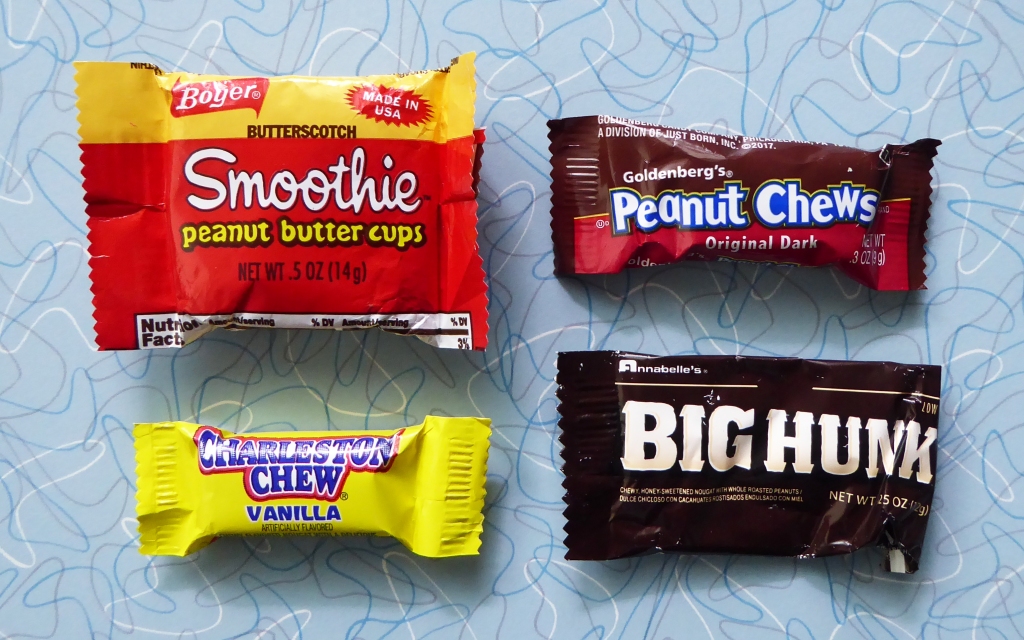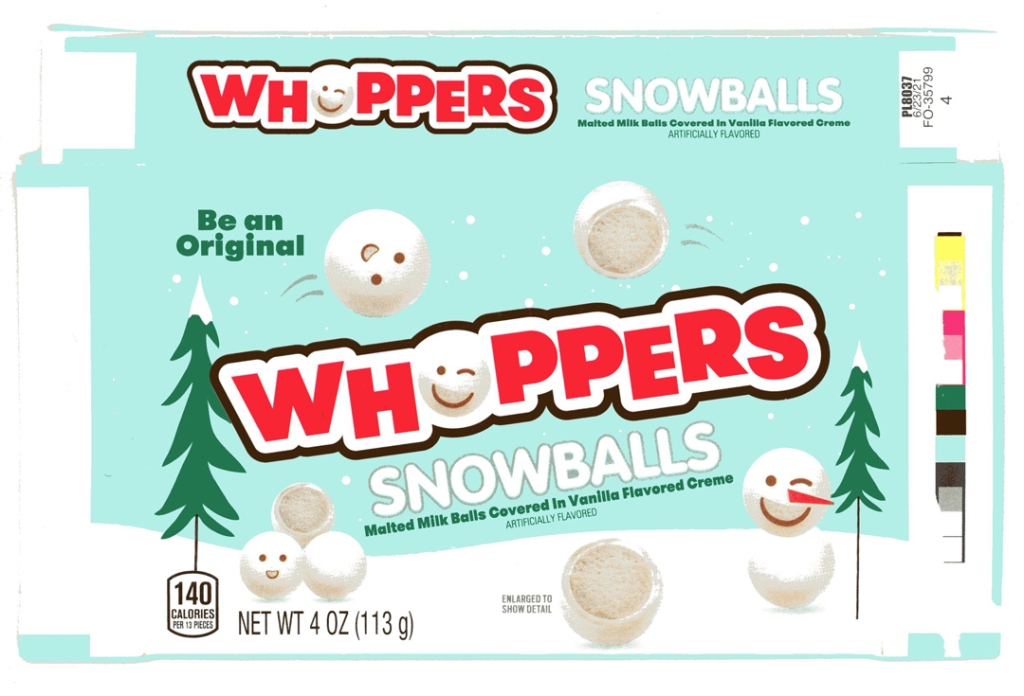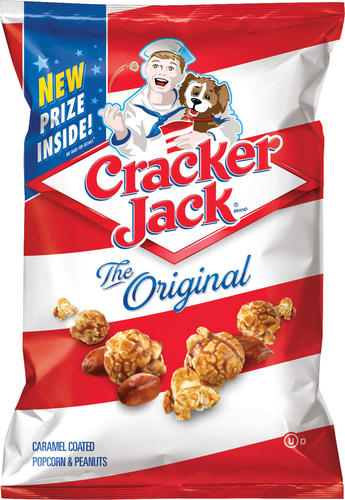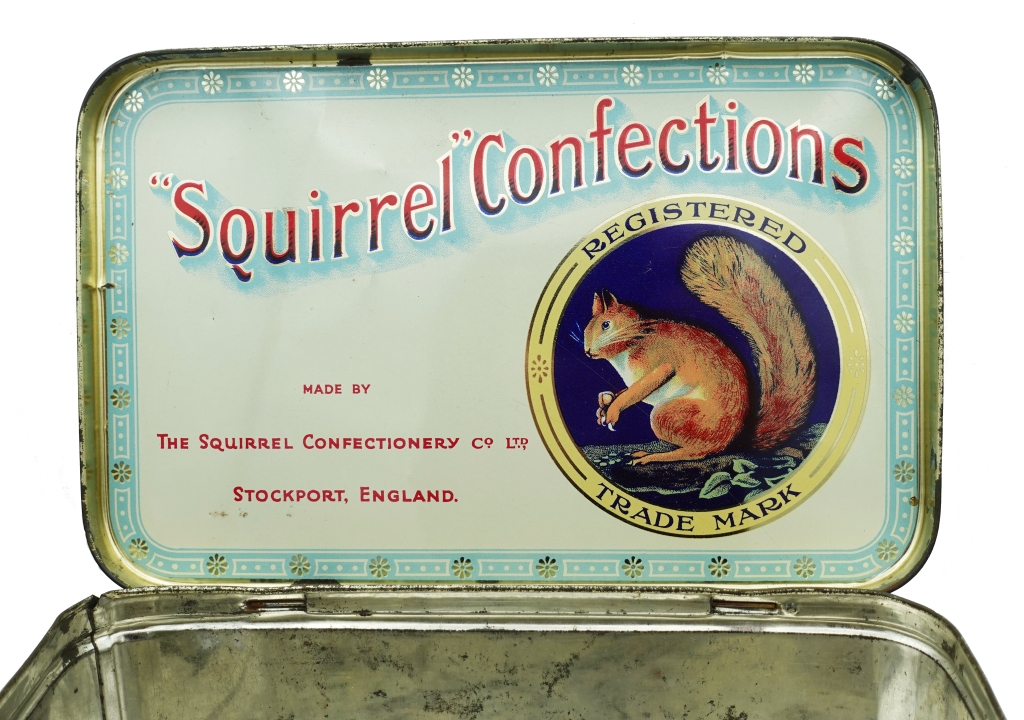Did you know that advent calendars originate from Germany?
Although the practice of celebrating the season of Advent dates back to the 4th century, the counting down of days to Christmas with the use of a visual identifier, or activity, is believed to have originated in Germany in the 1700’s.
Protestant families would count down to Christmas day, celebrating the ‘adventus‘ (which means ‘arrival‘ in Latin) of Jesus Christ, by creating a chalk tally and wiping away each day that draws near, or place a religious image on display, or even eat a tasty snack for every day in the month until the 25th. It wasn’t until the early 1900’s that printed advent calendars were invented – also in Germany!
The first wooden calendar was created in 1852, setting a precedent for the first printed version in 1900 titled ‘St. Nicholas the Santa Claus’. German publisher Gerhart Lang is often credited as the first manufacturer of the printed advent calendar, having launched his 24 day product around 1902. But it wasn’t until a half a century later that advent calendars began to feature chocolate.

Popularized by returning soldiers from European battlefields following the Second World War, this Germanic festive tradition evolved further in the US and UK until calendars containing chocolate emerged in the mid 1950’s, although calendars containing traditional sugar candies had been in production for several decades.
Cadbury of Bournville, Birmingham, have been market leaders since the release of their first chocolate advent calendar in 1971. These, and their chocolate coins (discontinued in 2014 but now back in time for Christmas 2023) have now become a staple in many British households during the advent season.

Today, brands such as Cadbury, Kinder, Lindt, Nestle, Mars, Kinnerton (who usually make those cheap, nasty pound shop calendars), Haribo and Terry’s, to name a few, can be found on British shelves with a range of tasty and fun advent calendars. But, if you don’t have a sweet tooth, you can also get calendars that contain crisps, cheese, preserves, socks, beer, and event advent calendars to spoil your pets with!
How do you count down, or count up, to Christmas?

























